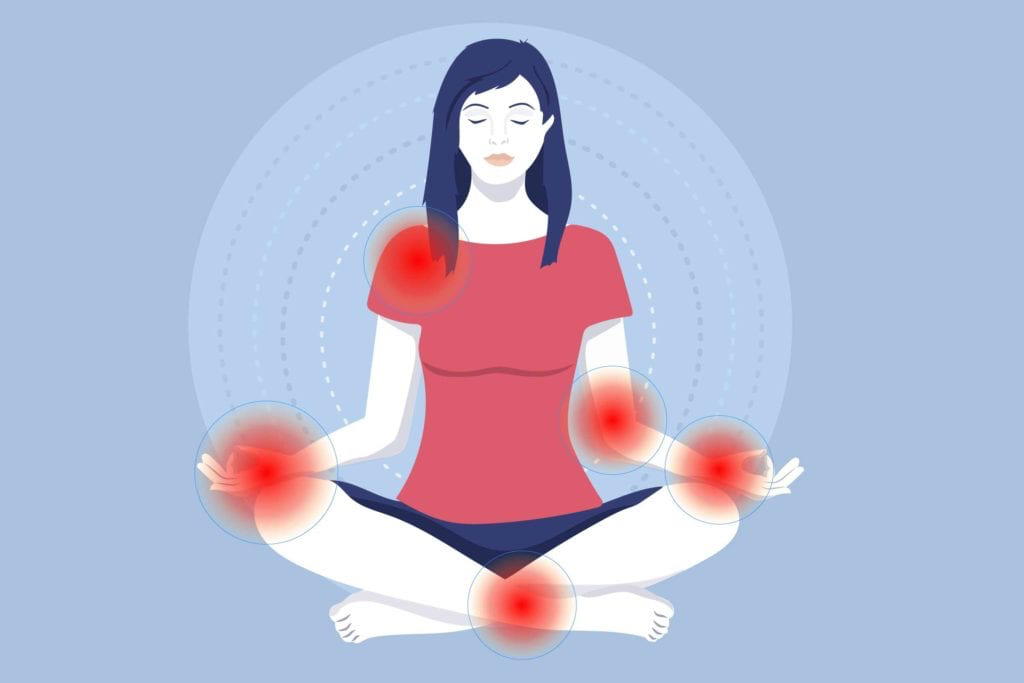
Author: Catherine Herling
The Center for Disease Control estimated that approximately 21% of adults in America experienced chronic pain in 2021 and 7% experienced high-impact chronic pain. That’s over 65 million people in America who have had pain that lasted over three months!
Unfortunately, there are many health conditions with chronic pain as a symptom with no medical treatment besides over-the-counter medication. Because of this, I have many clients who experience both mental health and physical illnesses who feel helpless, hopeless, and exhausted. As a therapist who works with people who experience chronic pain, I often assist in helping my clients cope with pain in the moment and recover from periods of pain. After doing this work for some time, I’ve found that a combination of these five tips are helpful for people experiencing/ recovering from a pain episode:
- Paced breathing: Have you ever heard “just take a deep breath” when somebody thinks you look upset? While it can feel incredibly invalidating to hear somebody else to tell us to focus on our breathing, doing so gets us to focus on the present and get out of fight-or-flight mode, which worsens pain. Paced breathing is when you count a deep breath in, then hold, and breathe out. While the length of time doing each step is up to you, I recommend that your breath out is longer than your breath in to truly promote relaxation!
- Visualization: If the pain makes you feel trapped in your space and like you are unable to move around, visualization can help your brain rewire itself to feel less pain when doing things that usually trigger it. Try visualizing yourself performing a task pain-free after doing paced breathing.
- Progressive Muscle Relaxation: PMR can be helpful for individuals who experience chronic pain, but is not a good fit for everyone, so I recommend first trying this when you’re not experiencing pain! Research has shown that integrating this meditation into your routine can both reduce the intensity of your pain and increase your pain tolerance. Try tensing your muscles for a few seconds and then relaxing them as you exhale once a day.
- Sensory tools: If you experience pain that is triggered by external stimulation, like temperature, smell, sound, or light, then having tools easily accessible to block those out can reduce the amount of time you are in pain. For example, if you have migraines that are triggered by light, have a sleep mask nearby so you can wear it when the migraine arises.
- Post-pain routine: Pain is exhausting, and everybody needs to rest when they are exhausted. By preparing and practicing your post-pain routine before you are in pain, your brain and body will learn to relax and recharge instead of feeling permanently exhausted. An example of a post-pain routine can be to take a bath or to eat some kind of comfort food.
As with all lists, this is not everything that you can do to help your chronic pain and not all of these may work for you. But, if you prepare ahead of time and practice these skills when you’re not experiencing pain, you can find more opportunities to live a life where you feel free!